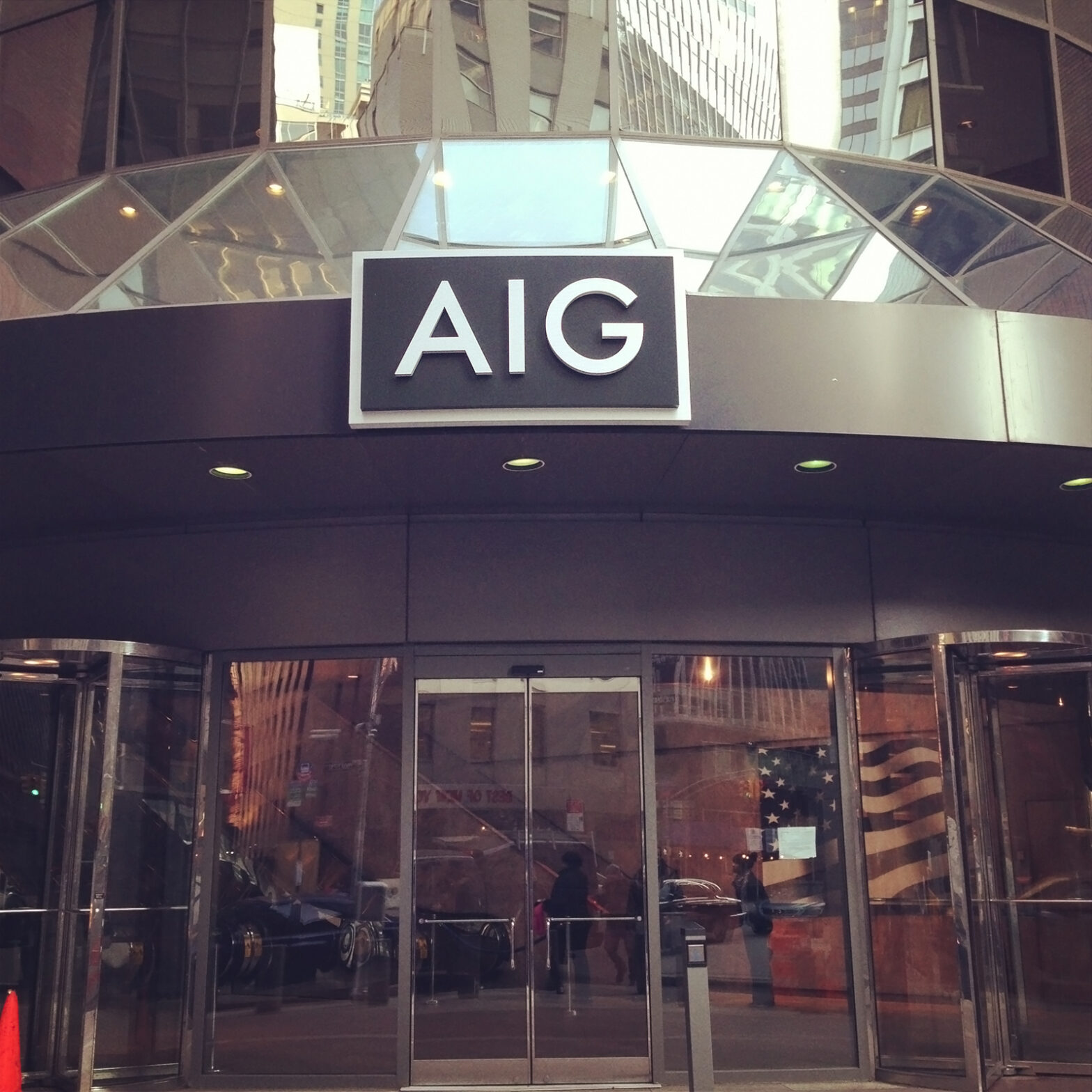Excluding realized investment gains and losses and some other items, AIG posted a loss of $559 million, or 63 cents per share, for the fourth-quarter ended Dec. 31, compared with income of $526 million, or 57 cents per share, in the year-ago quarter.
On that basis, Wall Street analysts expected income of 42 cents per share, according to IBES data from Refinitiv.
AIG shares fell 3 percent to $42.80 in after hours trading.
The company’s general insurance unit reported an underwriting loss of $1.1 billion, compared with a loss of $846 million a year ago, largely due to Hurricane Michael and the California wildfires.
Still, AIG said its general insurance accident year combined ratio - which excludes changes from losses incurred in past years - was 98.8 for the quarter, compared with 100.2 a year ago.
A ratio below 100 percent means the insurer earns more in premiums than it pays out in claims. The accident year ratio is a measurement that AIG Chief Executive Brian Duperreault has cited as the best gauge of the unit’s long-term profitability. The number excludes catastrophe claims and reserve charges.
Duperreault, who took the helm at AIG in May 2017, has pledged to turn the company around. His most critical task is a return to profitable underwriting, something that AIG, one of the largest U.S. insurers, has not achieved since 2007.
The combined ratio in AIG’s commercial insurance unit, which includes losses for catastrophes, was 115 compared to 113 in the year ago quarter.
In December, Duperreault said that AIG expected to enter 2019 “with a slight underwriting profit” in its general insurance unit. That would be just a waypoint on a path to a double-digit return on equity, a process that could take up to three years, he said.
AIG remains on track to meet those objectives, Duperreault said in a statement on Wednesday.
“It’s something that he’s been very vocal about and he really needs to deliver,” said James Breece, a portfolio manager and equity analyst for Spears Abacus Advisors LLC. The New York-based investment firm advises the Beehive Fund, which owned 150,250 shares of AIG as of Sept. 30.
The 2018 fourth quarter was challenging for insurers, given the tumultuous financial markets. AIG’s shares plunged 26 percent, closing out the year at $39.41, while the S&P 500 Multi-line Insurance Index tanked by 19.5 percent, its biggest drop since 2012.
The combined ratio in AIG’s commercial insurance unit, which includes losses for catastrophes, was 115 compared to 113 in the year ago quarter.
In December, Duperreault said that AIG expected to enter 2019 “with a slight underwriting profit” in its general insurance unit. That would be just a waypoint on a path to a double-digit return on equity, a process that could take up to three years, he said.
AIG remains on track to meet those objectives, Duperreault said in a statement on Wednesday.
“It’s something that he’s been very vocal about and he really needs to deliver,” said James Breece, a portfolio manager and equity analyst for Spears Abacus Advisors LLC. The New York-based investment firm advises the Beehive Fund, which owned 150,250 shares of AIG as of Sept. 30.
The 2018 fourth quarter was challenging for insurers, given the tumultuous financial markets. AIG’s shares plunged 26 percent, closing out the year at $39.41, while the S&P 500 Multi-line Insurance Index tanked by 19.5 percent, its biggest drop since 2012.













